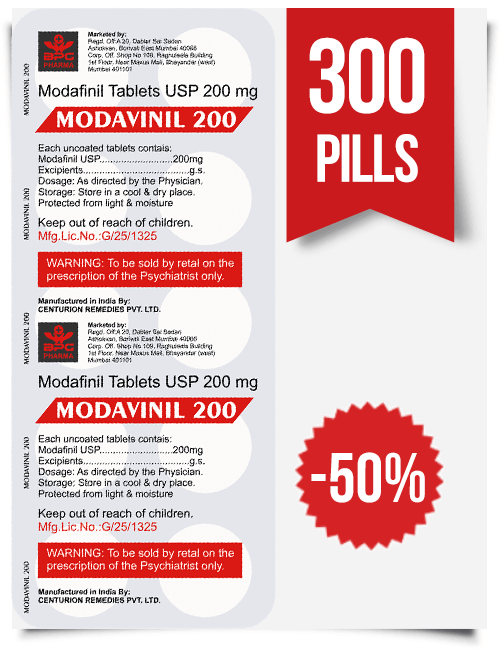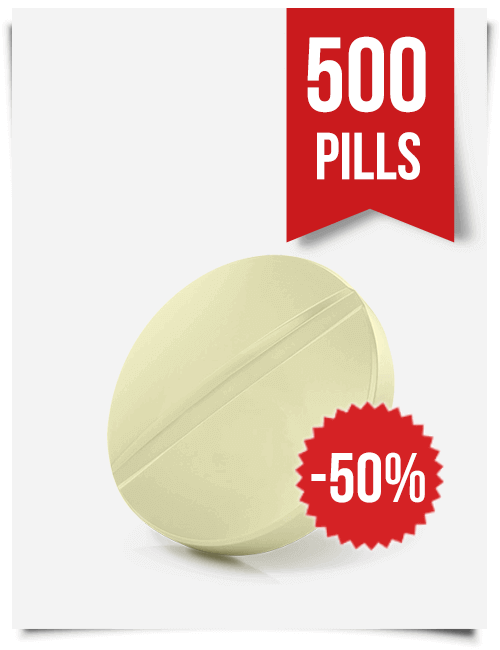The Blood-Brain Barrier

Protective Properties of the Nerve Cell
Over 100 years back it was found that if blue color was infused into the circulation system of a creature, that tissues of the entire body EXCEPT the cerebrum and spinal rope would turn blue. To clarify this, researchers suspected that a "Blood-Brain-Barrier" (BBB) which keeps materials from the blood from entering the mind existed. All the more as of late, researchers have found a great deal more about the structure and capacity of the BBB.Life structures of the BBB
The BBB is semi-penetrable; that is, it permits a few materials to cross, yet keeps others from intersection. In many parts of the body, the littlest veins, called vessels, are fixed with endothelial cells. Endothelial tissue has little spaces between every individual cell so substances can move promptly between within and the outside of the vessel. In any case, in the mind, the endothelial cells fit firmly together and substances can't go out of the circulation system. (A few atoms, for example, glucose, are transported out of the blood by unique techniques.)Glial cells (astrocytes) frame a layer around cerebrum veins and might be vital in the advancement of the BBB. Astrocytes might be additionally be in charge of transporting particles from the cerebrum to the blood.
The BBB has a few imperative capacities:
Shields the cerebrum from "outside substances" in the blood that may harm the mind.Shields the cerebrum from hormones and neurotransmitters in whatever is left of the body.
Keeps up a steady domain for the cerebrum.
General Properties of the BBB
Vast particles don't go through the BBB effectively.Low lipid (fat) solvent particles don't infiltrate into the mind. Nonetheless, lipid dissolvable particles, for example, barbituate drugs, quickly cross through into the mind.
Particles that have a high electrical charge are hindered.
The BBB can be separated by:
(Hypertension): hypertension opens the BBB.
Improvement: the BBB is available, yet might be not full grown during childbirth.
Hyperosmolitity: a high grouping of a substance in the blood can open the BBB.
Microwaves: presentation to microwaves can open the BBB.
Radiation: presentation to radiation can open the BBB.
Disease: introduction to irresistible specialists can open the BBB.
Injury, Ischemia, Inflammation, Pressure: damage to the mind can open the BBB.
Circumventricular Organs
There are a few ranges of the mind where the BBB is frail. This permits substances to cross into the mind fairly openly. These zones are known as "circumventricular organs". Through the circumventricular organs the cerebrum can screen the cosmetics of the blood. The circumventricular organs include:
Pineal body: Secretes melatonin and neuroactive peptides. Connected with circadian rhythms.
Neurohypophysis (back pituitary): Releases neurohormones like oxytocin and vasopressin into the blood.
Zone postrema: "Retching focus": when a harmful substance enters the circulatory system it will get to the region postrema and may bring about the creature to hurl. Along these lines, the creature ensures itself by wiping out the poisonous substance from its stomach before more mischief should be possible.
Subfornical organ: Important for the direction of body liquids.
Vascular organ of the lamina terminalis: A chemosensory range that identifies peptides and different particles.
Middle distinction: Regulates foremost pituitary through arrival of neurohormones.
Photo: Washington.edu














Leave a Feedback